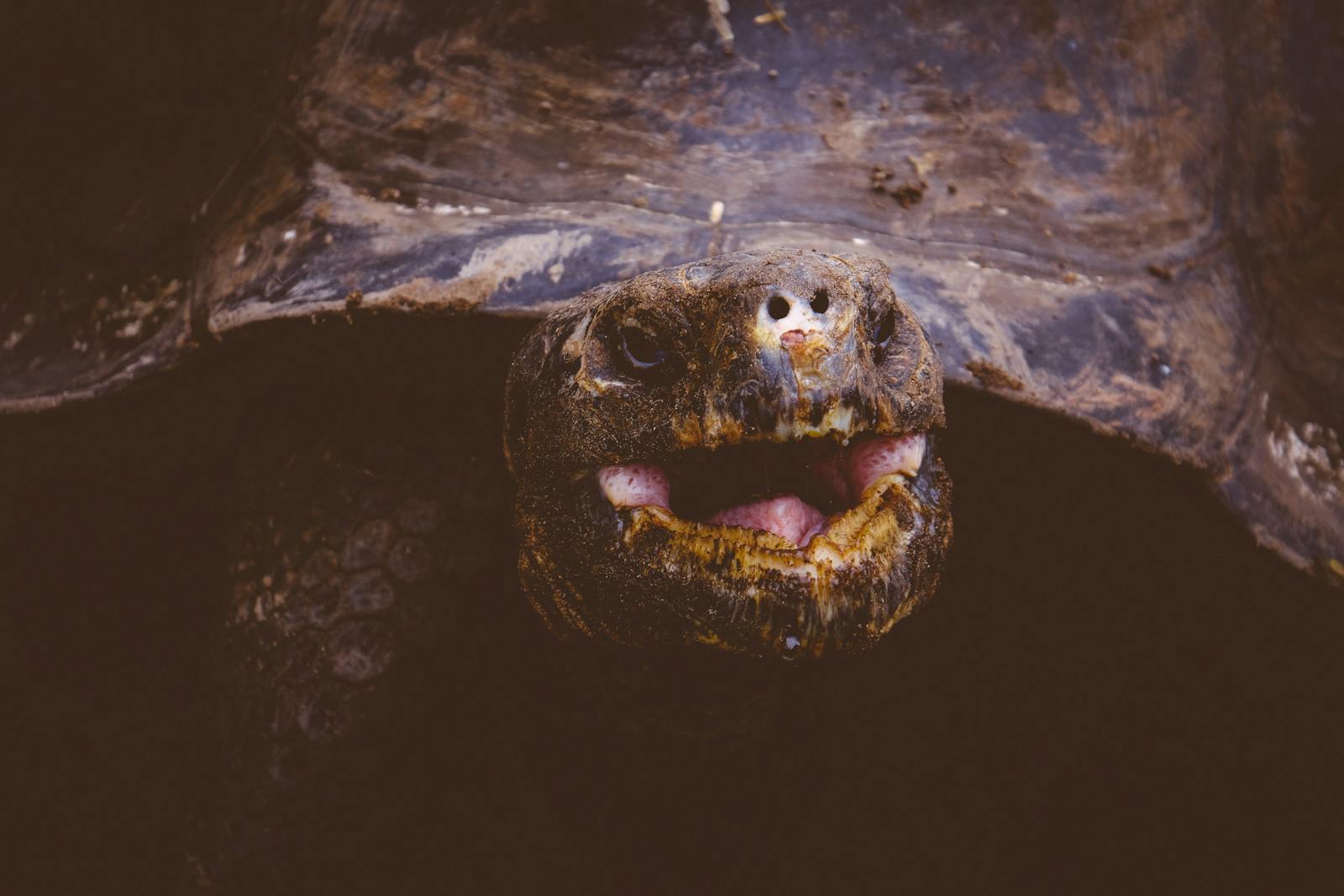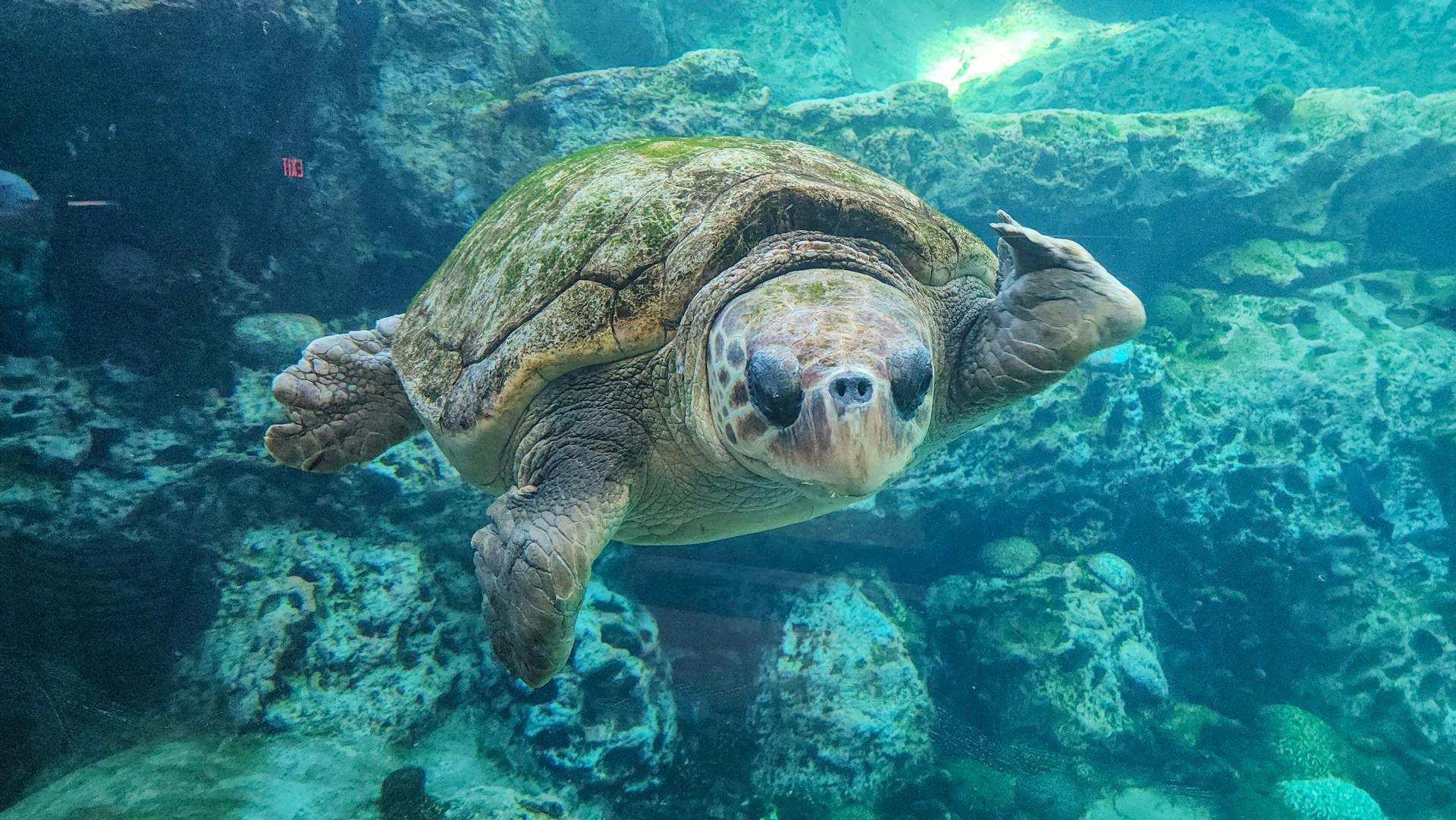While humans might struggle to detect scents underwater, certain turtle species possess remarkable adaptations that allow them to smell effectively beneath the surface. This extraordinary ability plays a crucial role in their survival, helping them locate food, detect predators, and navigate their aquatic homes. The underwater olfactory capabilities of turtles represent one of nature’s fascinating evolutionary developments, demonstrating how these ancient reptiles have perfectly adapted to their watery environments over millions of years. This article explores the mechanisms, applications, and significance of underwater smell in turtles, revealing the sophisticated sensory world these creatures inhabit.
The Basic Anatomy of Turtle Olfaction
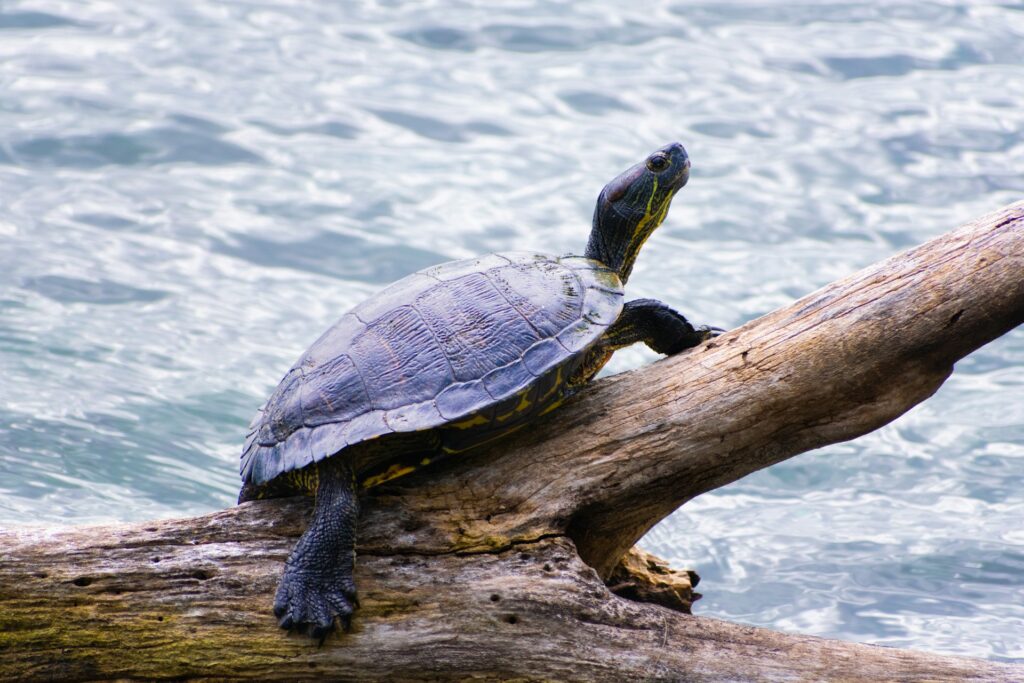
Turtles possess specialized olfactory systems that differ significantly from those of mammals and other terrestrial animals. Their nasal passages connect to olfactory chambers lined with sensory epithelium containing receptor cells that detect chemical signals. Unlike mammals that must draw air into their nasal cavities to smell, aquatic turtles have evolved adaptations that allow them to detect waterborne chemical signals. The olfactory bulbs in the turtle brain are proportionally large, indicating the importance of smell in their sensory repertoire. These anatomical specializations represent millions of years of evolutionary refinement, enabling turtles to thrive in aquatic environments where vision might be limited.
Underwater Breathing and Smelling: A Dual Function
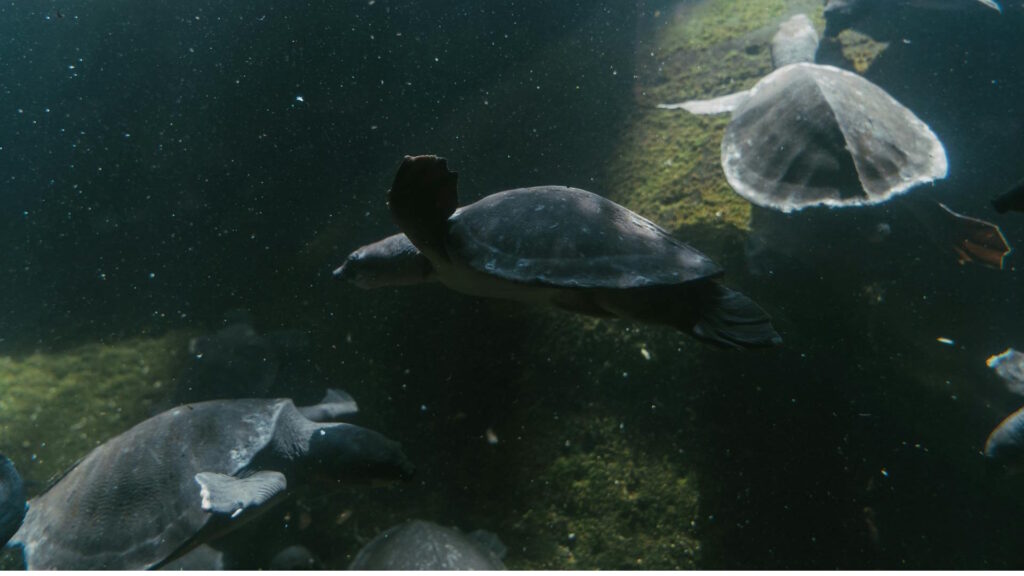
For turtles to smell underwater, they must somehow manage the challenge of detecting scents while preventing water from entering their respiratory systems. Many aquatic turtle species have developed specialized structures that allow them to sample water for chemical cues without inhaling it into their lungs. When underwater, turtles can pump water in and out of their nasal passages without it entering their trachea. This remarkable adaptation enables them to continuously sample their chemical environment while swimming or remaining submerged. The dual function of their nasal passages for both respiration and olfaction represents a sophisticated evolutionary solution to the challenges of aquatic life.
The Role of Jacobson’s Organ
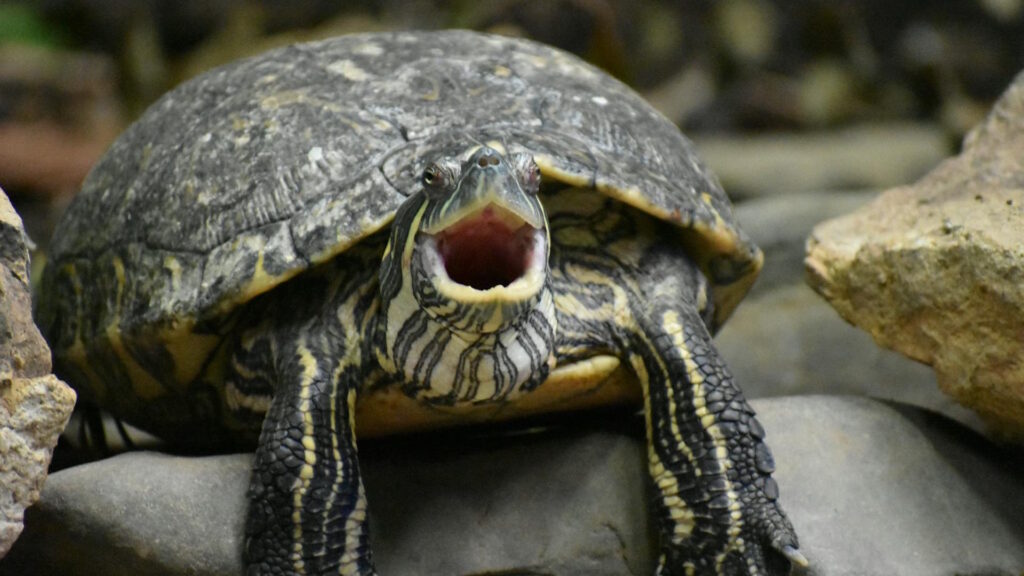
Many turtle species possess a specialized olfactory structure called Jacobson’s organ or the vomeronasal organ, which enhances their ability to detect chemical signals. Located in the roof of the mouth, this organ provides turtles with a secondary olfactory system that complements their primary sense of smell. When turtles encounter an interesting scent underwater, they may take water into their mouths and then pump it across the sensory epithelium of the Jacobson’s organ. This behavior, sometimes observed as a slight gaping or “yawning” motion, allows turtles to analyze chemical information more thoroughly. The Jacobson’s organ is particularly sensitive to pheromones and other biological compounds, giving turtles exceptional ability to detect prey or potential mates.
Species Differences in Olfactory Abilities
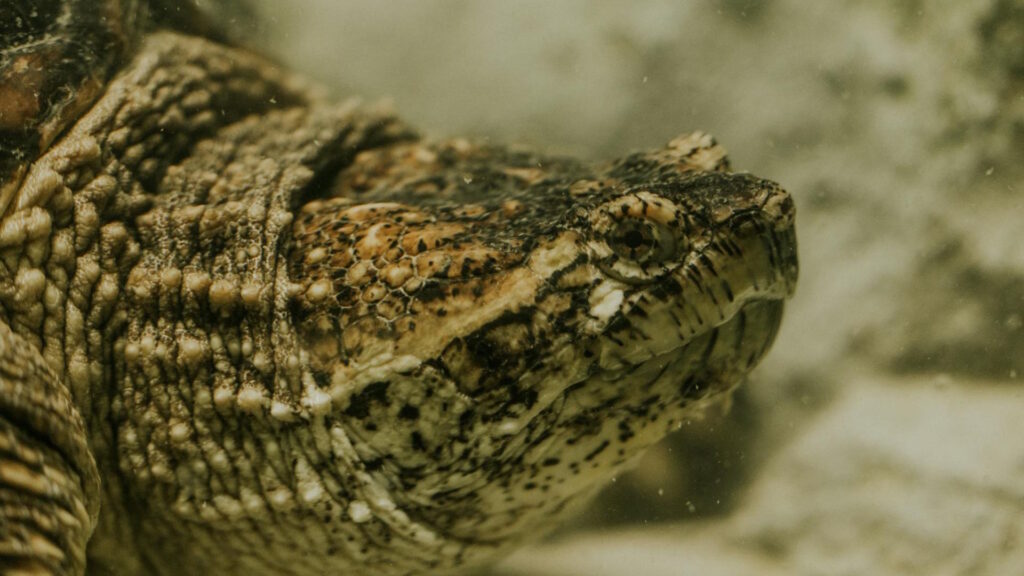
Not all turtle species possess equal underwater smelling abilities, with variations corresponding to their ecological niches and lifestyles. Highly aquatic species like the common snapping turtle (Chelydra serpentina) and softshell turtles (Apalone species) have more developed underwater olfactory adaptations compared to semi-aquatic species. Research has shown that species that spend more time underwater typically have more specialized nasal structures optimized for detecting waterborne scents. Conversely, more terrestrial species like box turtles have olfactory systems better suited for detecting airborne odors. These differences highlight how evolutionary pressures have shaped sensory systems to match each species’ particular ecological requirements.
The Chemical World of Underwater Scents
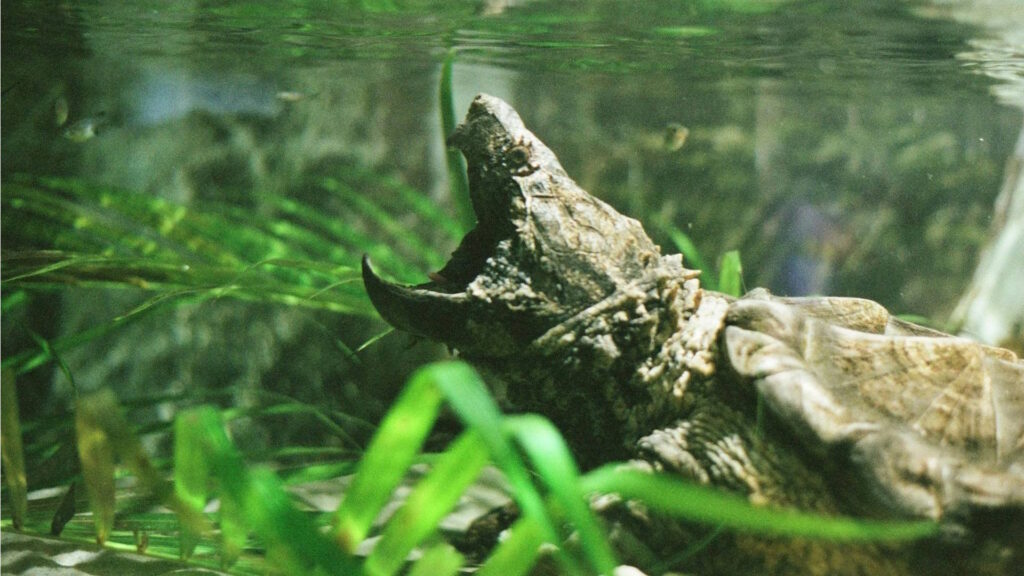
The underwater environment presents a fundamentally different medium for scent dispersion compared to air. Chemical compounds dissolve and diffuse differently in water, creating gradient patterns that turtles can detect and follow. Waterborne molecules tend to persist longer and travel more predictably than airborne scents, allowing turtles to track odor trails with remarkable precision. Additionally, water currents can carry chemical signals over substantial distances, expanding the effective range of a turtle’s olfactory sense. Understanding how turtles interpret this complex chemical landscape provides insights into their cognitive abilities and sensory integration, as they must distinguish relevant signals from the background chemical noise of aquatic ecosystems.
Finding Food Through Underwater Scent Detection
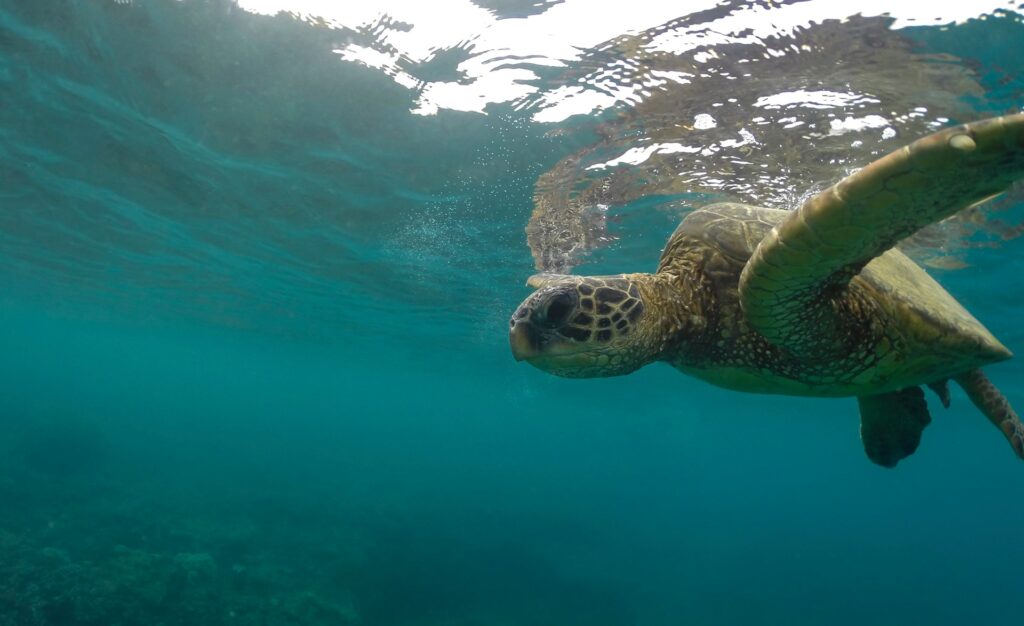
One of the most critical applications of underwater smell for turtles is locating food sources that might be hidden or distant. Many aquatic turtle species are omnivorous or carnivorous, requiring efficient methods to detect potential meals in murky waters where visibility is limited. Research has demonstrated that turtles can detect minute concentrations of compounds released by prey animals, including the chemicals in fish blood or mucus. Some species can follow concentration gradients of these scents, effectively tracking prey over considerable distances. This ability proves especially valuable in turbid waters or at night when visual hunting would be ineffective, highlighting how olfaction complements other senses in the turtle’s sensory toolkit.
Predator Detection Through Chemical Cues
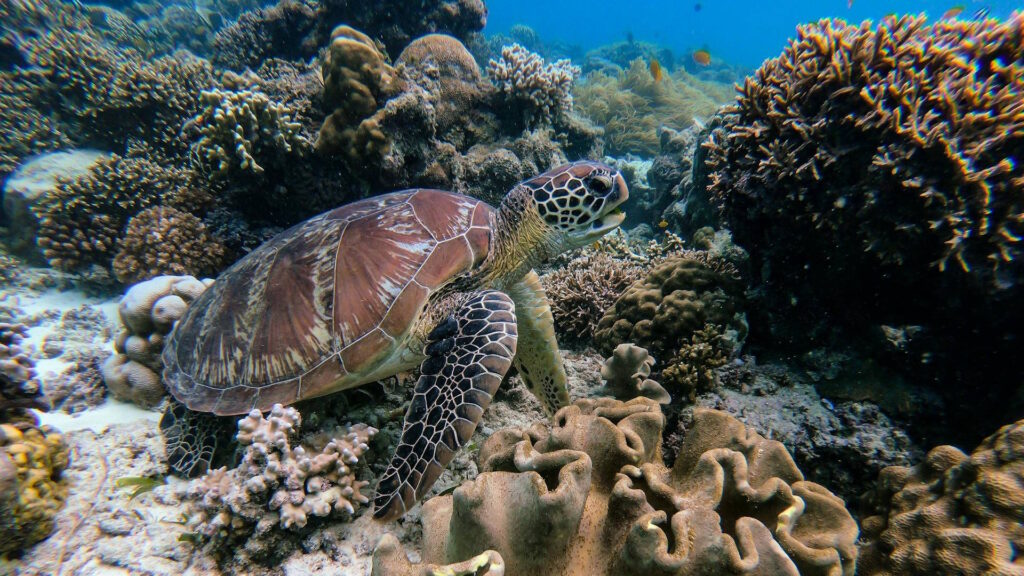
Underwater smelling abilities serve a critical defensive function by allowing turtles to detect potential predators before visual confirmation. Many turtle species can identify chemical signatures released by predators such as alligators, large fish, or aquatic mammals. When a turtle detects these threatening scents, it may exhibit avoidance behaviors like quickly swimming away, seeking shelter, or remaining motionless to avoid detection. Young turtles appear particularly sensitive to predator scents, as they face higher predation risks than adults. This chemical early-warning system provides turtles with valuable reaction time that could mean the difference between life and death in their aquatic habitats.
Navigation and Homing Abilities
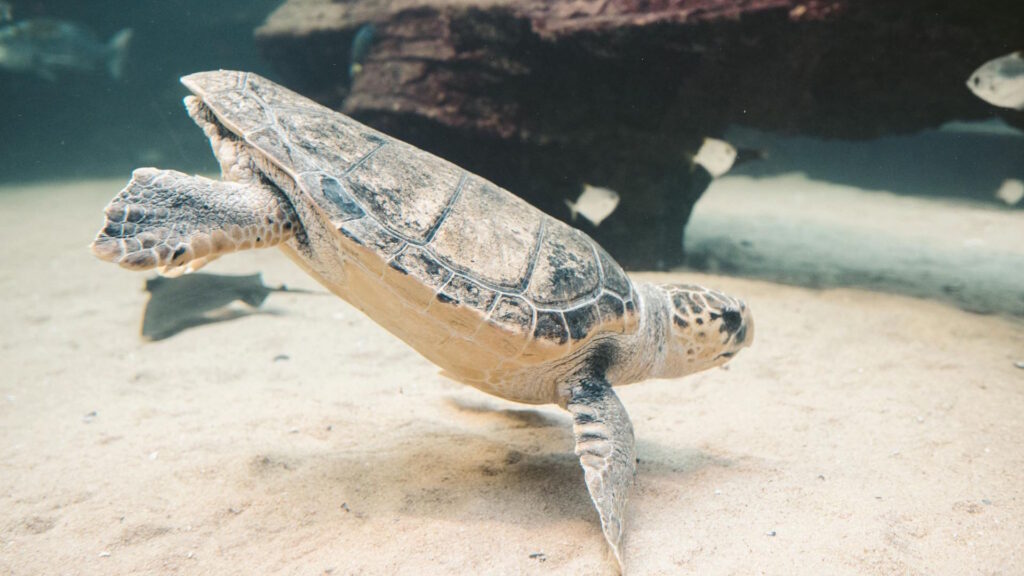
The remarkable homing abilities observed in many turtle species may partially rely on their capacity to detect and remember underwater scent landscapes. Evidence suggests that turtles can create mental maps of their aquatic environments based on distinctive chemical signatures of different areas. Some species, particularly sea turtles, may use olfactory cues from ocean currents as part of their long-distance navigation systems. Freshwater turtles often return to specific nesting or basking sites year after year, potentially using familiar chemical patterns in the water to guide them home. This sophisticated use of chemical information demonstrates how turtles integrate multiple sensory inputs to maintain spatial awareness in their environments.
Social Communication Through Chemical Signals
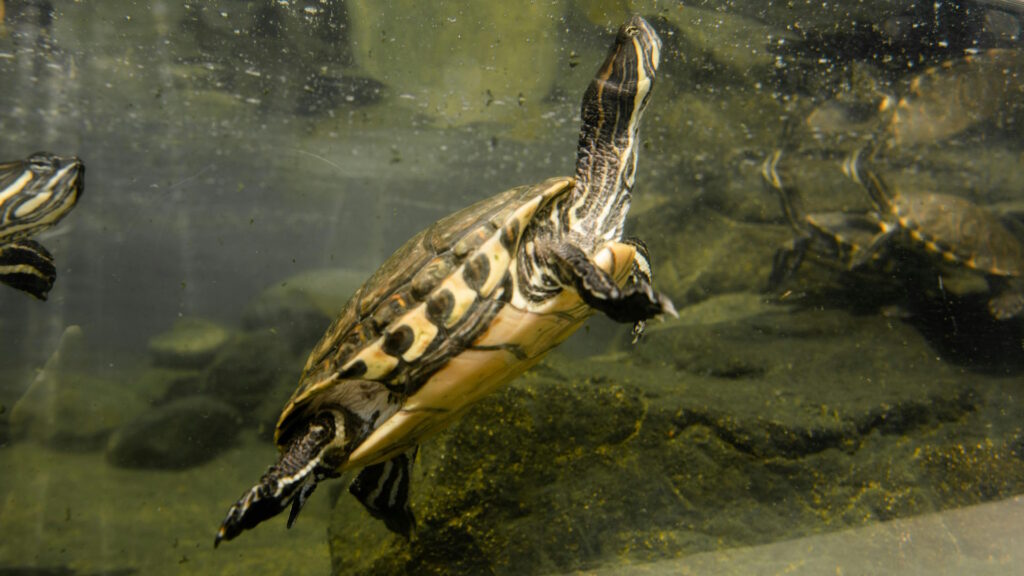
Turtles utilize their underwater smelling abilities for various forms of social communication that influence their reproductive and territorial behaviors. During breeding seasons, male turtles can detect pheromones released by receptive females, sometimes from considerable distances. These chemical signals provide information about a potential mate’s species, reproductive status, and possibly genetic quality. Some turtle species also use chemical markers to establish territories or communicate dominance status to other individuals. The interpretation of these social chemical signals requires sophisticated neural processing, suggesting that turtles possess more complex cognitive abilities than previously recognized by researchers.
Scientific Research Methods for Studying Turtle Olfaction
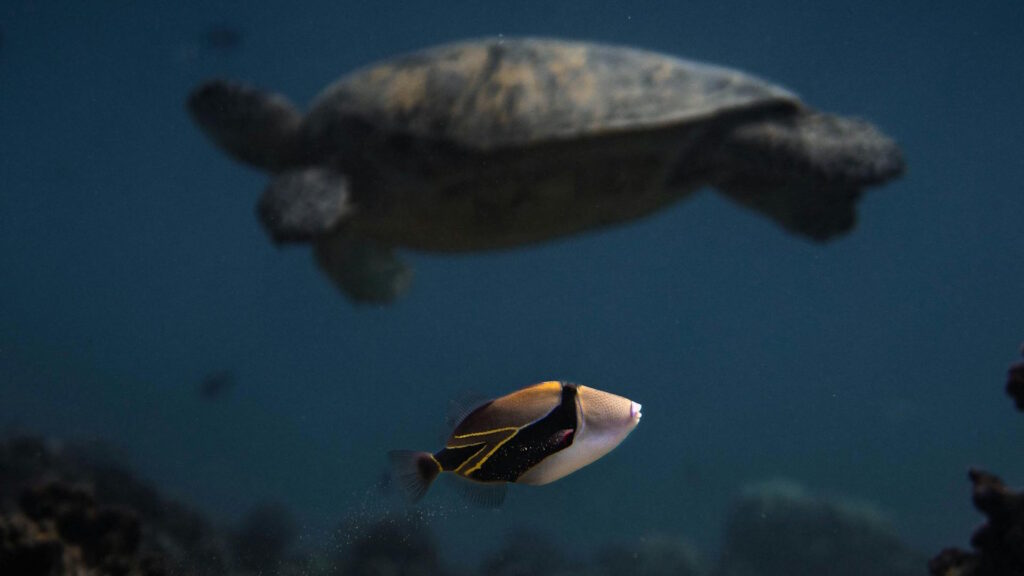
Scientists employ various innovative techniques to investigate and measure the underwater smelling capabilities of turtles. Controlled experiments using Y-maze structures allow researchers to observe whether turtles consistently choose water channels containing specific scents over control channels. More sophisticated studies use electrophysiological recordings to measure neural responses when turtles are exposed to different chemical compounds underwater. Advances in molecular biology have enabled scientists to identify and characterize specific olfactory receptor genes in turtle genomes, providing insights into the genetic basis of their chemosensory abilities. Field studies using chemical tracers have also helped demonstrate how wild turtles use scent trails to locate resources in their natural habitats.
Environmental Threats to Turtle Olfaction
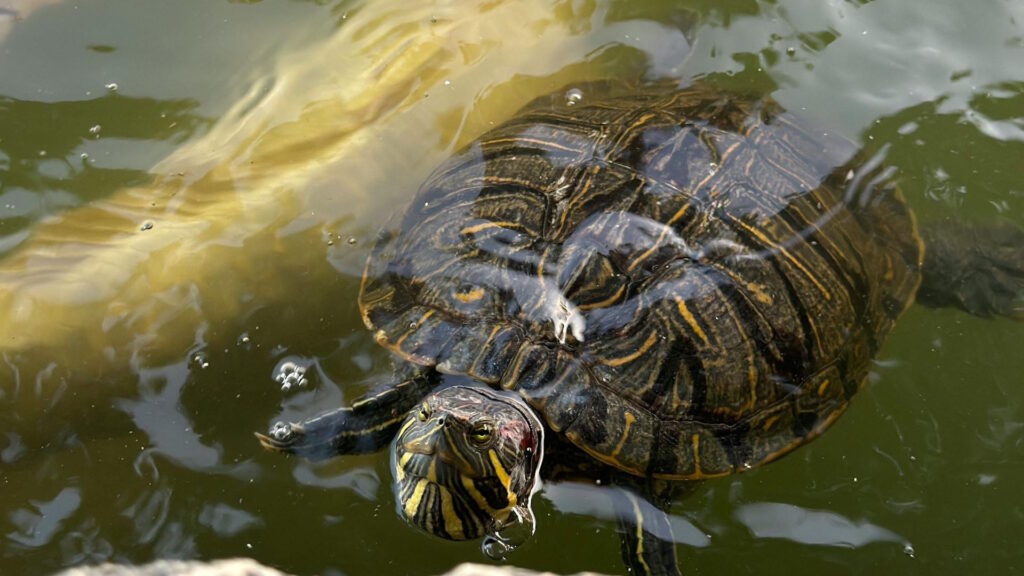
Water pollution poses a significant threat to the underwater smelling abilities that many turtle species depend upon for survival. Chemical contaminants, including pesticides, industrial waste, and medications that enter aquatic ecosystems, can interfere with turtles’ ability to detect and interpret important chemical signals. Some pollutants may physically damage the sensitive olfactory epithelium, while others create background “noise” that masks biologically relevant scents. Climate change and resulting water chemistry alterations may further impact how chemical compounds disperse underwater, potentially disrupting the scent landscapes turtles have evolved to navigate. These threats highlight the importance of water quality conservation for maintaining the sensory ecology of turtle species worldwide.
Evolution of Underwater Olfaction in Turtles
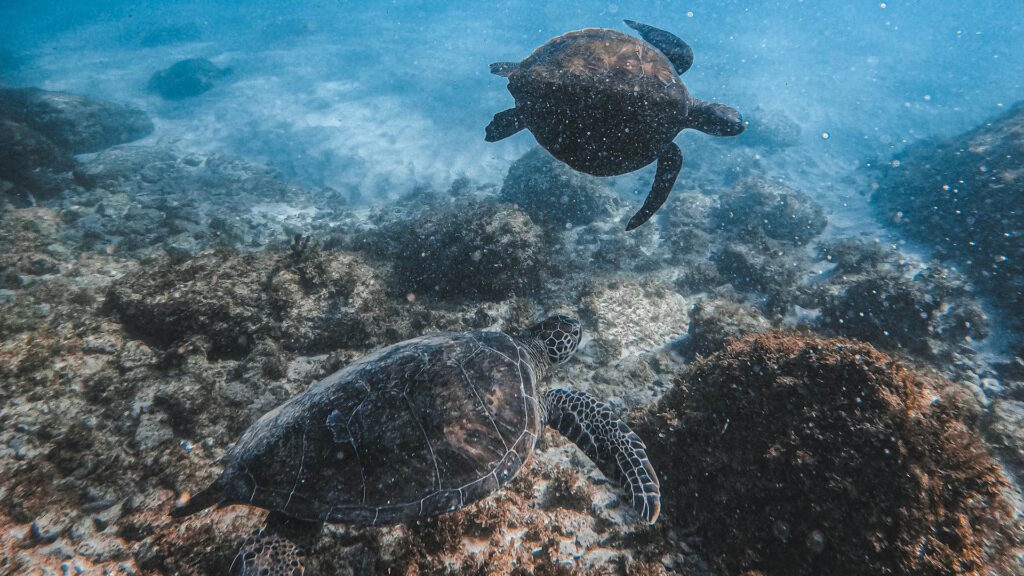
The ability to smell underwater represents a fascinating example of evolutionary adaptation that has developed over the 220+ million years that turtles have existed. Early turtle ancestors were likely more terrestrial, with olfactory systems adapted primarily for detecting airborne scents. As some lineages became increasingly aquatic, selection pressures favored individuals with mutations that enhanced underwater chemical detection. Comparative studies of modern turtle species at different points along the terrestrial-to-aquatic spectrum provide insights into how these adaptations emerged and refined over time. The repeated evolution of underwater smelling abilities across multiple turtle lineages demonstrates convergent evolution, where similar ecological pressures resulted in comparable adaptive solutions.
Future Directions in Turtle Olfaction Research
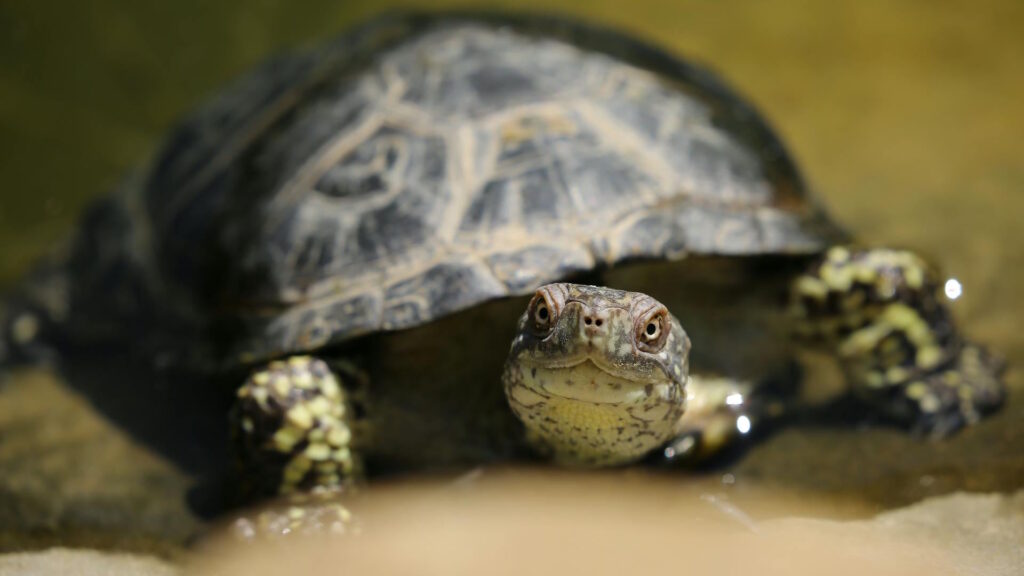
The field of turtle olfaction research continues to evolve, with several promising directions for future investigation. Advanced imaging techniques may soon allow scientists to visualize neural activity in live turtles as they process underwater scents, providing unprecedented insights into how their brains interpret chemical information. Genetic studies comparing olfactory receptor diversity across turtle species could reveal evolutionary patterns and specialized adaptations. Understanding how turtles integrate olfactory information with other senses presents another frontier in sensory ecology research. As human threats to turtle habitats increase, applied research on how environmental changes affect turtle chemosensory abilities could inform conservation strategies for these ancient and remarkable reptiles.
Conclusion
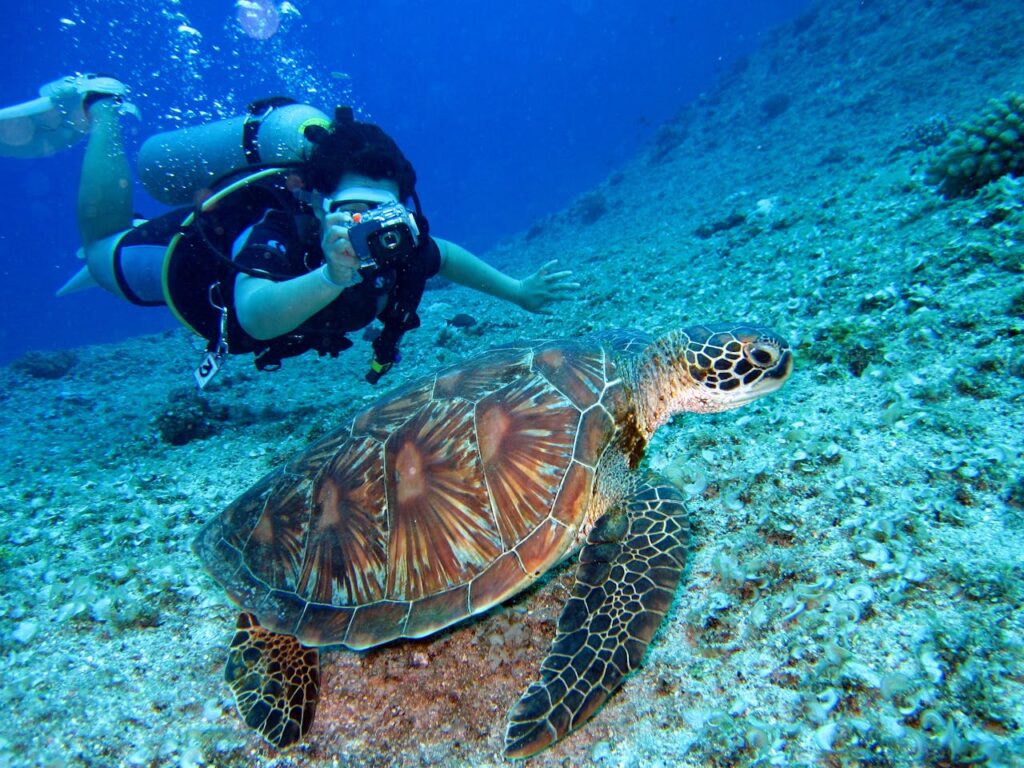
The ability of certain turtle species to smell underwater exemplifies the remarkable adaptability of these ancient reptiles. Through specialized anatomical structures, sophisticated neural processing, and millions of years of evolutionary refinement, turtles have developed sensory systems perfectly suited to detect chemical signals in aquatic environments. This ability influences nearly every aspect of turtle behavior, from feeding and predator avoidance to navigation and reproduction. As we continue to unravel the mysteries of underwater olfaction in turtles, we gain not only a deeper appreciation for these fascinating creatures but also valuable insights into the complexity of sensory perception throughout the animal kingdom. Protecting the aquatic environments where turtles live ensures that these remarkable sensory adaptations can continue to function as they have for millions of years.


